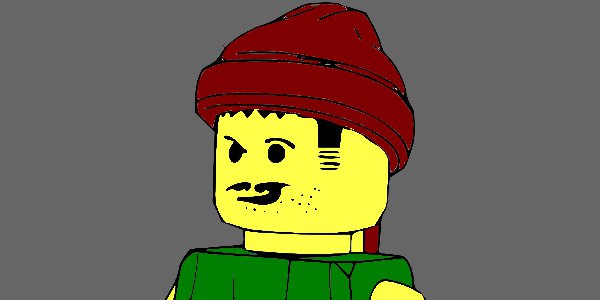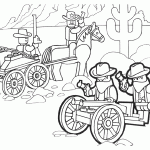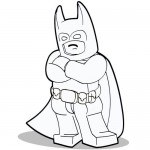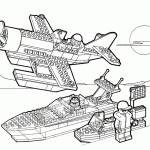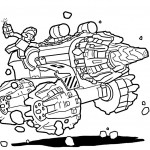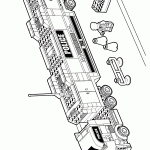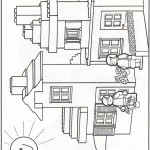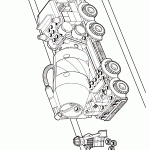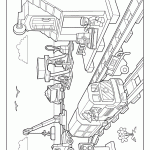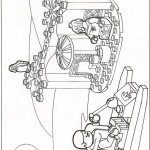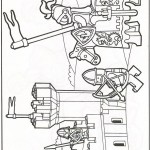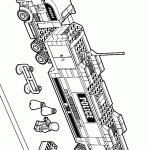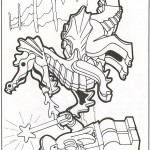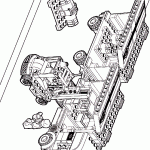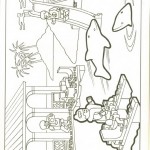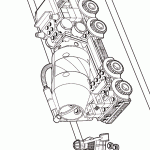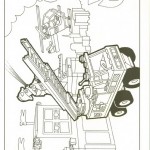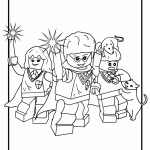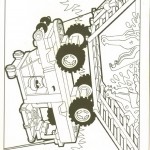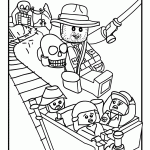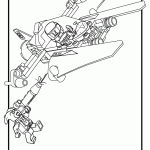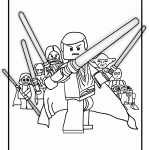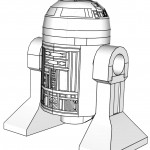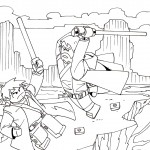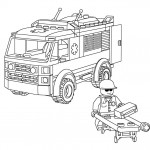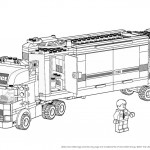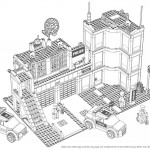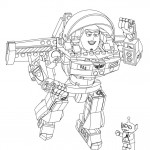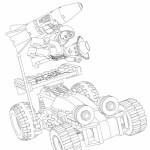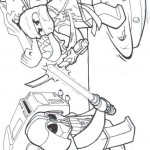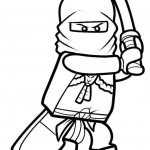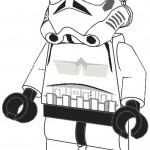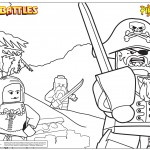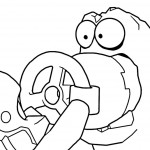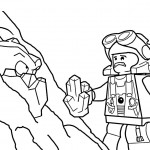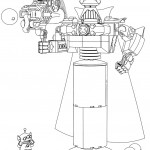Welcome to our Lego coloring pages.
The Lego Group began in the workshop of Ole Kirk Christiansen (born 7 April 1891), a carpenter from Billund, Denmark, who began making wooden toys in 1932. In 1934, his company came to be called “Lego”, from the Danish phrase leg godt, which means “play well”. It expanded to producing plastic toys in 1947. In 1949 Lego began producing, among other new products, an early version of the now famous interlocking bricks, calling them “Automatic Binding Bricks”. These bricks were based in part on the Kiddicraft Self-Locking Bricks, which were patented in the United Kingdom in 1939 and then there released in 1947. Lego modified the design of the Kiddicraft brick after examining a sample given to it by the British supplier of an injection-molding machine that the company had purchased. The bricks, originally manufactured from cellulose acetate, were a development of traditional stackable wooden blocks that locked together by means of several round studs on top and a hollow rectangular bottom. The blocks snapped together, but not so tightly that they required extraordinary effort to be separated. Most of the blocks came in different shapes and colors. With the Lego coloring pages you can choose which colors you want them to be.
The Lego Group’s motto is det bedste er ikke for godt which means roughly “only the best is the best” (more literally “the best is never too good”). This motto was created by Ole Kirk to encourage his employees never to skimp on quality, a value he believed in strongly. The motto is still used within the company today. By 1951 plastic toys accounted for half of the Lego Company’s output, although Danish trade magazine Legetøjs-Tidende (“Toy-Times”), visiting the Lego factory in Billund in the early 1950s, felt that plastic would never be able to replace traditional wooden toys. Although a common sentiment, Lego toys seem to have become a significant exception to the dislike of plastic in children’s toys, due in part to the high standards set by Ole Kirk.
By 1954, Christiansen’s son, Godtfred, had become the junior managing director of the Lego Group. It was his conversation with an overseas buyer that led to the idea of a toy system. Godtfred saw the immense potential in Lego bricks to become a system for creative play, but the bricks still had some problems from a technical standpoint: their locking ability was limited and they were not very versatile. In 1958, the modern brick design was developed, and it took another five years to find the right material for it, ABS (acrylonitrile butadiene styrene) polymer. The modern Lego brick was patented on 28 January 1958 and now so many years later everybody plays with it. Ofcourse we give you the ability to color them too on our Lego coloring pages.

